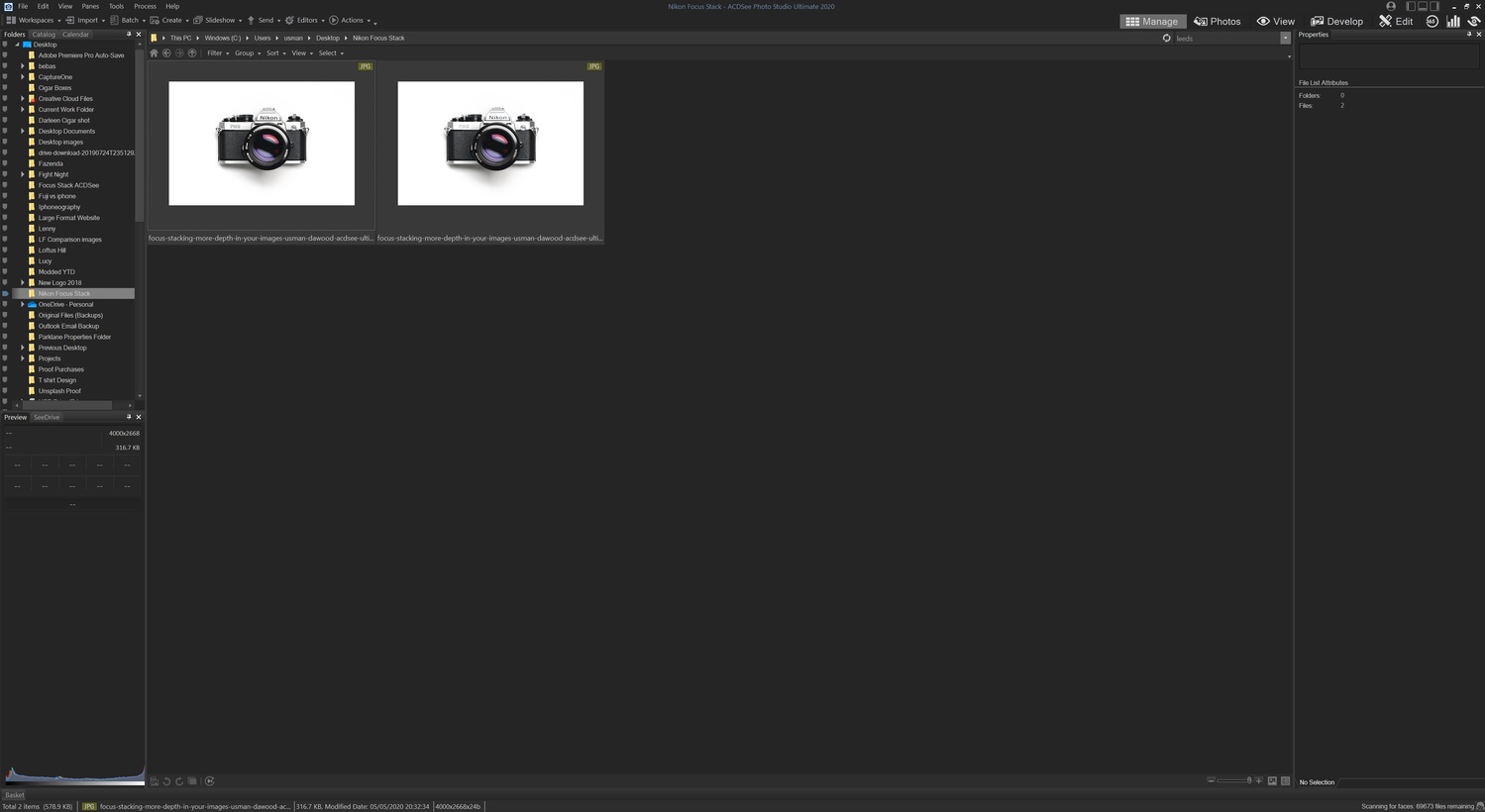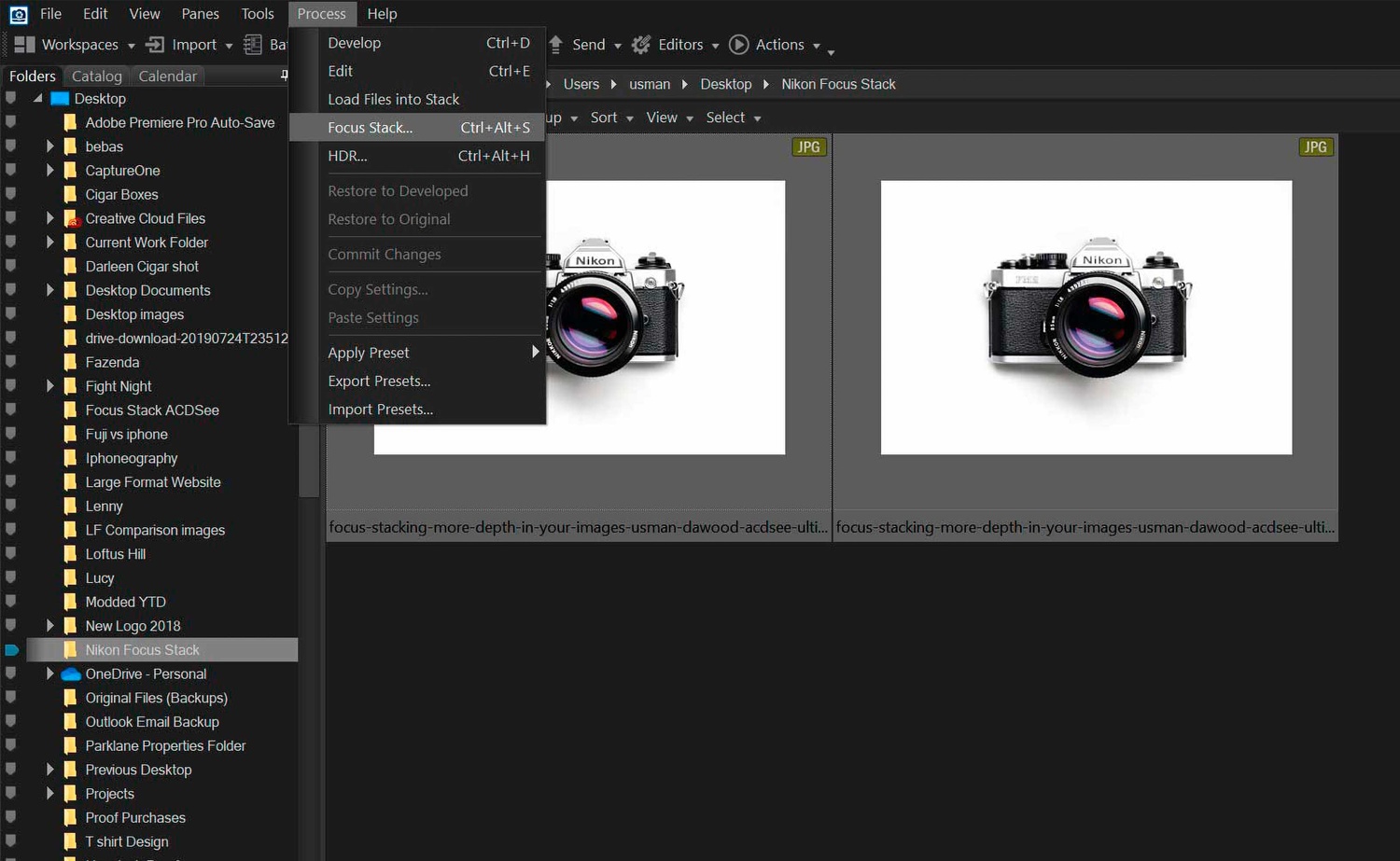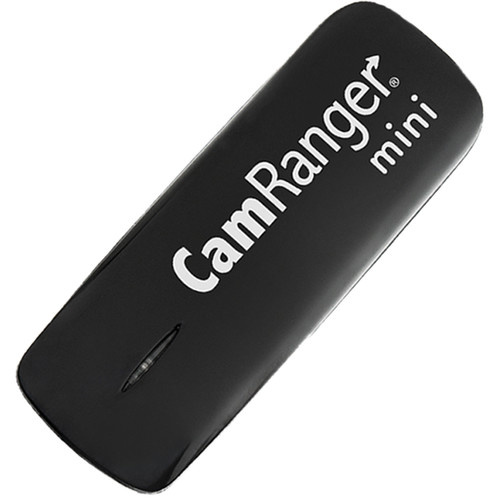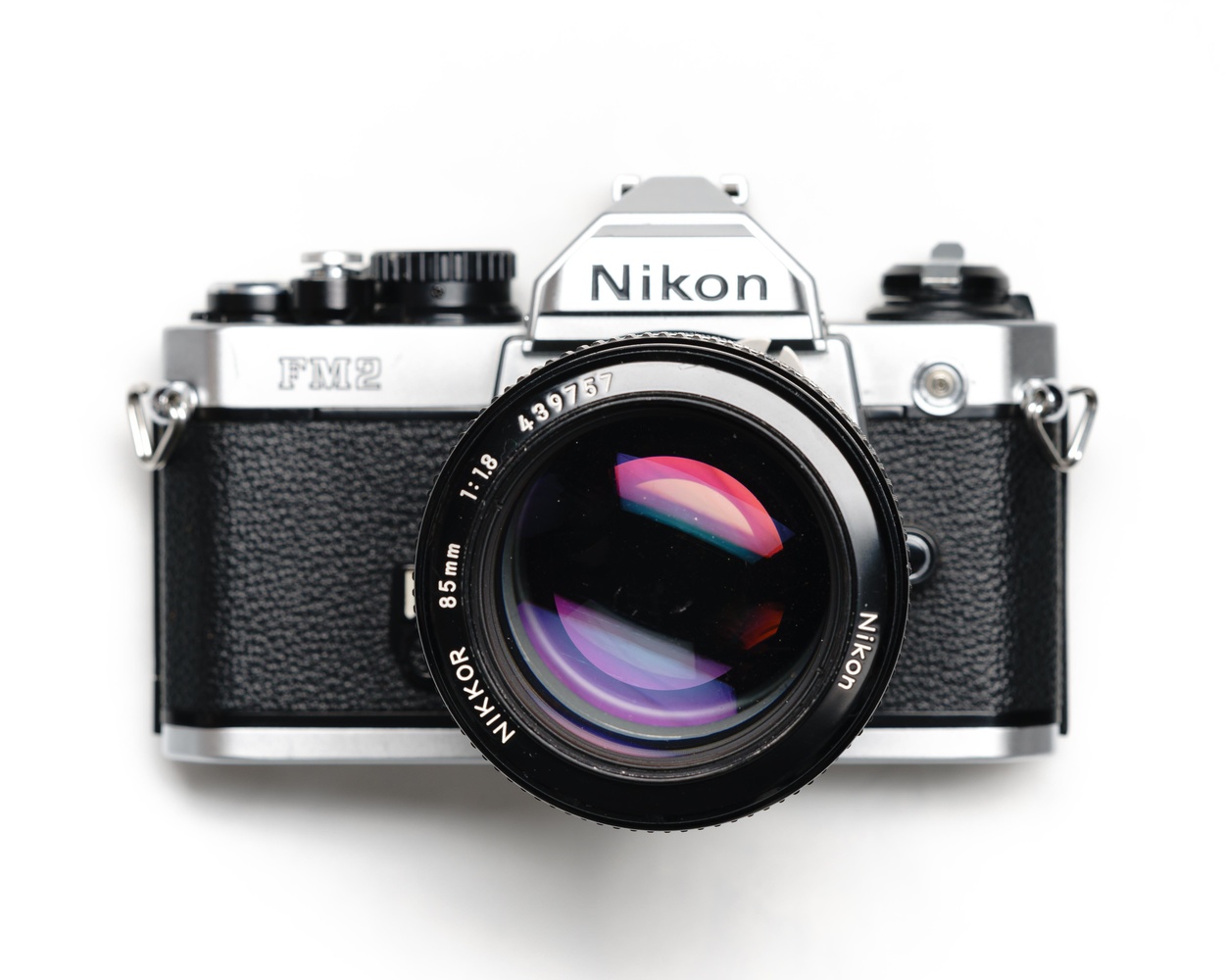Over the last decade, we've had lots of new wide aperture lenses hit the market. Lenses like the Nikon 58mm f/0.95 make producing images with super shallow depth of field relatively easy. Even significantly less expensive lenses like an 85mm f/1.8 can produce beautiful, shallow depth in an image, but what if you want more depth?
The Problem
In my view, it's harder to produce an image with more depth than it is to produce an image with shallow depth of field. The reason for this is because on the shallow end, all you need to do is shoot with a wider aperture lens. Add a longer focal length into the mix, and you can completely blur out the background.
In order to get more depth of field in an image, one could say that all that is required is to simply stop the lens down. Unfortunately, this doesn't tend to work extremely well. This is especially the case if you're shooting close to your subject with a relatively long macro lens. In these circumstances, even at f/22, you probably won't be able to get an acceptable amount of depth in an image. To make matters worse, at such small apertures, you will more than likely introduce issues like diffraction. In practical terms, this will cause your image to look rather soft, and this kind of defeats the whole point behind wanting more depth in an image.

Even if you're not shooting really close to your subject and with a wider angle lens, stopping the lens down doesn't always get the desired result. When you stop down the lens, what you're actually doing is just increasing the amount of acceptable focus. This isn't the same as something being in proper focus, which does look noticeably better.
The final problem with stopping the lens down to increase depth in an image is exposure. Stopping the lens down all the to f/22 or even smaller means that you either need a great deal more light, a much slower shutter speed, or you need to increase your ISO setting. Chances are it's probably a combination of all three, but ultimately, it's just not incredibly convenient to shoot at really small apertures.
Solution
To many of you experienced photographers, this probably won't come as a surprise, but I believe the best solution is to use a technique called focus stacking. Essentially, what you do is take multiple images at various focus points in the frame and then stack all of the images together into one final image. This then results in an image with far greater depth, much sharper focus throughout the image, and potentially without any diffraction.
Ideally, you'll want to shoot at around f/5.6 or f/8 to make the most of this technique. Any smaller than that and you may start to lose some of the benefits of focus stacking.
The software I've been using for a number of my focus stacked images is ACDSee Photo Studio Ultimate 2020. The main reason I enjoy using this software over many alternatives is because of how easy and straightforward it is to use.
Method
To do this properly, it's important to have a camera with proper focus controls and to shoot on a tripod. Focus control can be either manual or auto. The reason why a tripod is important is that keeping the shot as stable as possible will prevent any issues when it comes time to stack all of the images. Any movement of the camera in-between shots may result in the whole stack being compromised. For this reason, remote shooting is ideal, although not completely necessary.
For this first example, I only stacked two images. For the most part, the more images you have in a stack, the better the results; however, for this particular image, two were enough for the result I needed. Both images were shot with the Sony a7R III and the Zeiss Batis 85mm f/1.8. The settings I chose were 1/5th of a second for the shutter speed and f/8 for the aperture. The reason the shutter speed was so slow was that I was using continuous lighting. Continuous lighting just helps me see the result before I take the shot, especially on mirrorless cameras.
Using a tripod helped prevent any movement in the camera. Also, the Sony a7R III offers the ability to shoot remotely via the smartphone app, which I find quite useful. The only problem with the remote app on Sony is that you cannot change the point of focus. Fortunately, the touchscreen on the back of the Sony camera was effective enough. The first image focused on the camera body, and the second focused on the lens. Once both images had been taken, I was ready to take them into ACDSee.
The great thing about ACDSee is that I didn't need to import the images into the software. I simply selected the folder that contained the files and had immediate access to them. Performing the actual stack in ACDSee is also incredibly easy.

Select all of the images you'd like to stack, click on the "Process" option, which is found on the top bar, and select "focus stack." Alternatively, on the keyboard press, Ctrl-Alt+S, and this will do the same thing.

It's literally as simple as that, and I love how straightforward it is. The software will automatically align the images and then stack all of them together. Once completed, the final stack will appear in the folder with the rest of the images and also appear in the software too.
As mentioned above, the more images you have in a stack, the better the final results. The stack above isn't perfect by any means, mostly because no images were taken between the front element of the lens and the camera body. Nonetheless, it was enough for what I needed in this particular instance.
For this second stack, I took a total of eight images. This was because the composition was more complex than the stack demonstrated above.
The main elements that I wanted in focus were the cigars, the pouch, and the jar behind it. Once again, more images would have created even greater depth in this image. However, it wasn't required based on what I wanted in the final image.
All of the files were selected and stacked in ACDSee again, and the whole process was incredibly easy. This is primarily the reason I really enjoy using ACDSee, because I don't need to wait around to import anything, and with just a few clicks, all of my images can be stacked together.
Recommendations
Although manually focusing can be great, there are some instances where autofocus is a huge advantage. If you have a complex scene or require a greater number of images, I highly recommend using something like a CamRanger. The CamRanger allows you to take a large number of images with its focus stack option.
 Within the CamRanger app, you can select the number of images you'd like to take, and you can select how great of a distance you'd like to have between each point of focus. This can help you produce far greater detail.
Within the CamRanger app, you can select the number of images you'd like to take, and you can select how great of a distance you'd like to have between each point of focus. This can help you produce far greater detail.
Another thing that I would recommend is that you shoot while tethered to a device with a large screen. A tablet like the iPad can make a huge difference because you can check all of the files properly. Although I have used my smartphone on occasions, a larger screen can be extremely valuable.
Finally, and most importantly, always make sure that when you're focus stacking, you focus in or out of your subject in order. Most software, including ACDSee, will work better when images are in order. Essentially, you'll want to start at the closest point in the image that you want in focus and then work your way through to the farthest point. This will prevent any issues in post-production.
Final Thoughts
ACDSee now offers a wide range of features when it comes to posting production, and it's fast becoming a really popular option. The simplicity of the software is what I find most compelling. As demonstrated above, ACDSee allows you to stack images without needing to go through a long list of steps, and it makes using the software an absolute pleasure. For this reason, I think this software could be a brilliant alternative to some other more well-known software currently on the market.












I have and use ACDSee Ultimate 2020 and I have used the focus stacked processing feature. It is as this article says....pretty straightforward and it works well especially with a full featured camera that includes high speed bracketed focus stacking functionality. The one other thing to have in mind when attempting focus stacked shooting and post processing is that the camera not only needs to be stable on a tripod but the subject also needs to be stable. Anything like wind that can cause subject movement is beyond the software's ability to align in post processing and the whole final result doesn't work. A focus stacked landscape shot requires perfectly calm wind conditions for best final result.
I do quite a bit of ‘deep focus’ images using Sony A7R3 and the 90mm macro lens. I prefer using Helicon Focus as the results are outstanding and it’s a breeze to use. I tend to shoot using manual focus using focus peaking to check where my plane of focus is. If I’m shooting smaller objects up close I tend to use a rail to achieve those finer movements. Remember the dof of a 90mm lens at f11 300mm from the subject will be aprox 5mm in total, 2.5 in front and 2.5 behind, hence the need for fine focus adjustments. Shooting larger objects like a camera body where one is farther back manually focusing using focus peaking is fine. Though I’d have to say shooting the camera body as in the above example I’d be shooting a bigger stack than just 2 images to achieve perfect front to back sharpness as the top dials in the example are soft that kinda defeats the purpose.
You're absolutely right, more images would have definitely been better. I just wanted a very quick stack, I was being lazy lol.
Also, a rail would definitely be a better option. Some great suggestions, thank you :)